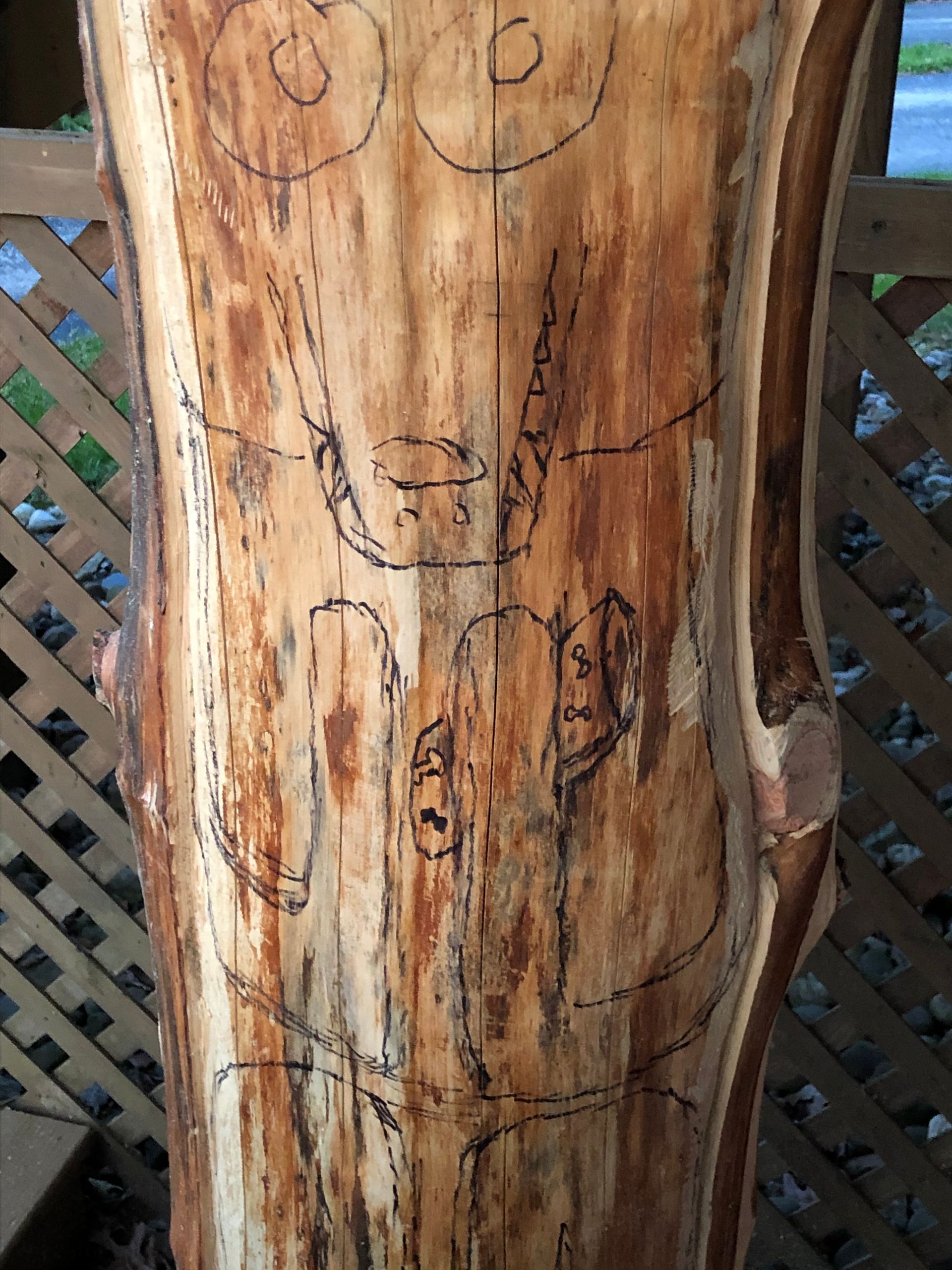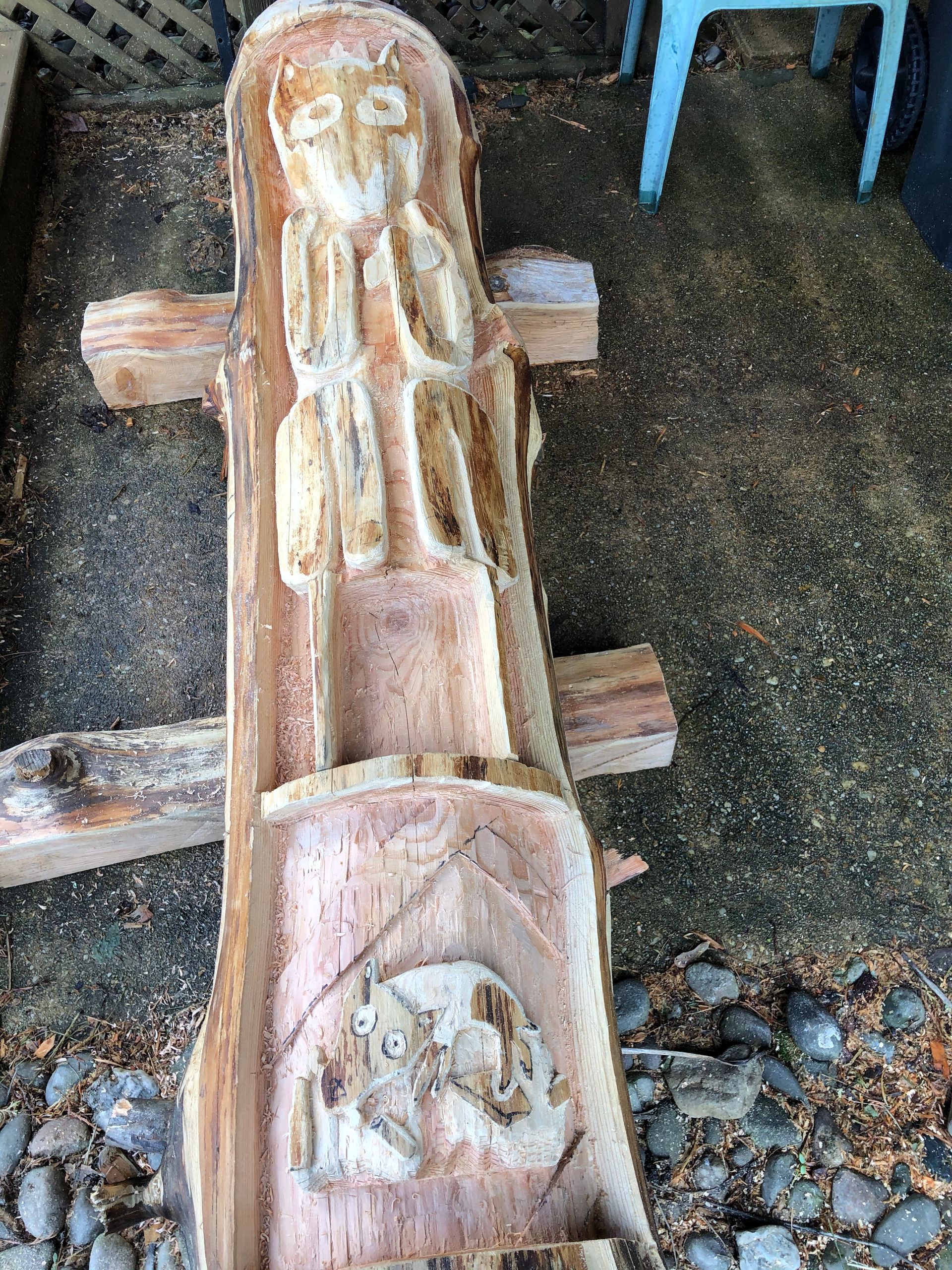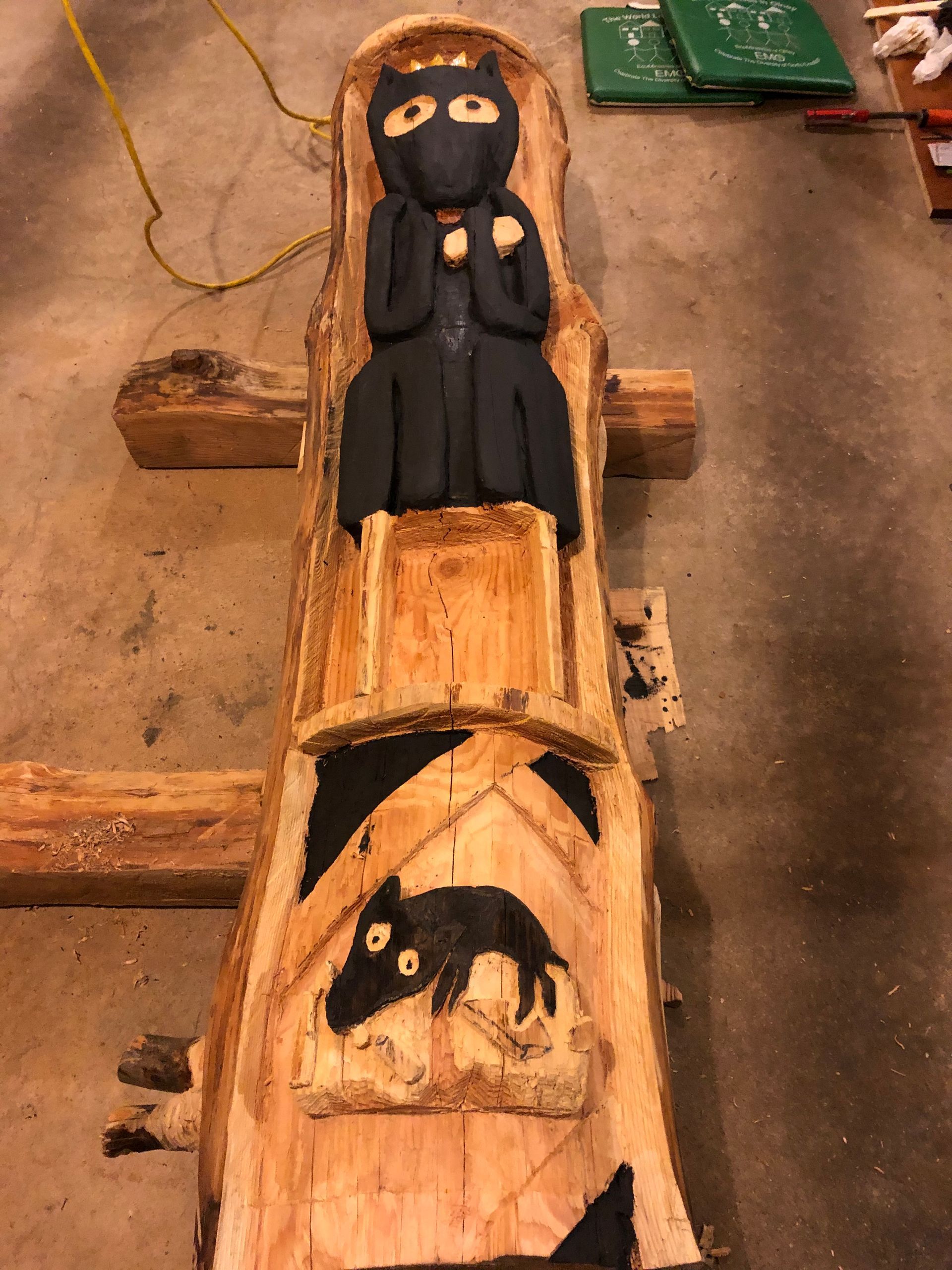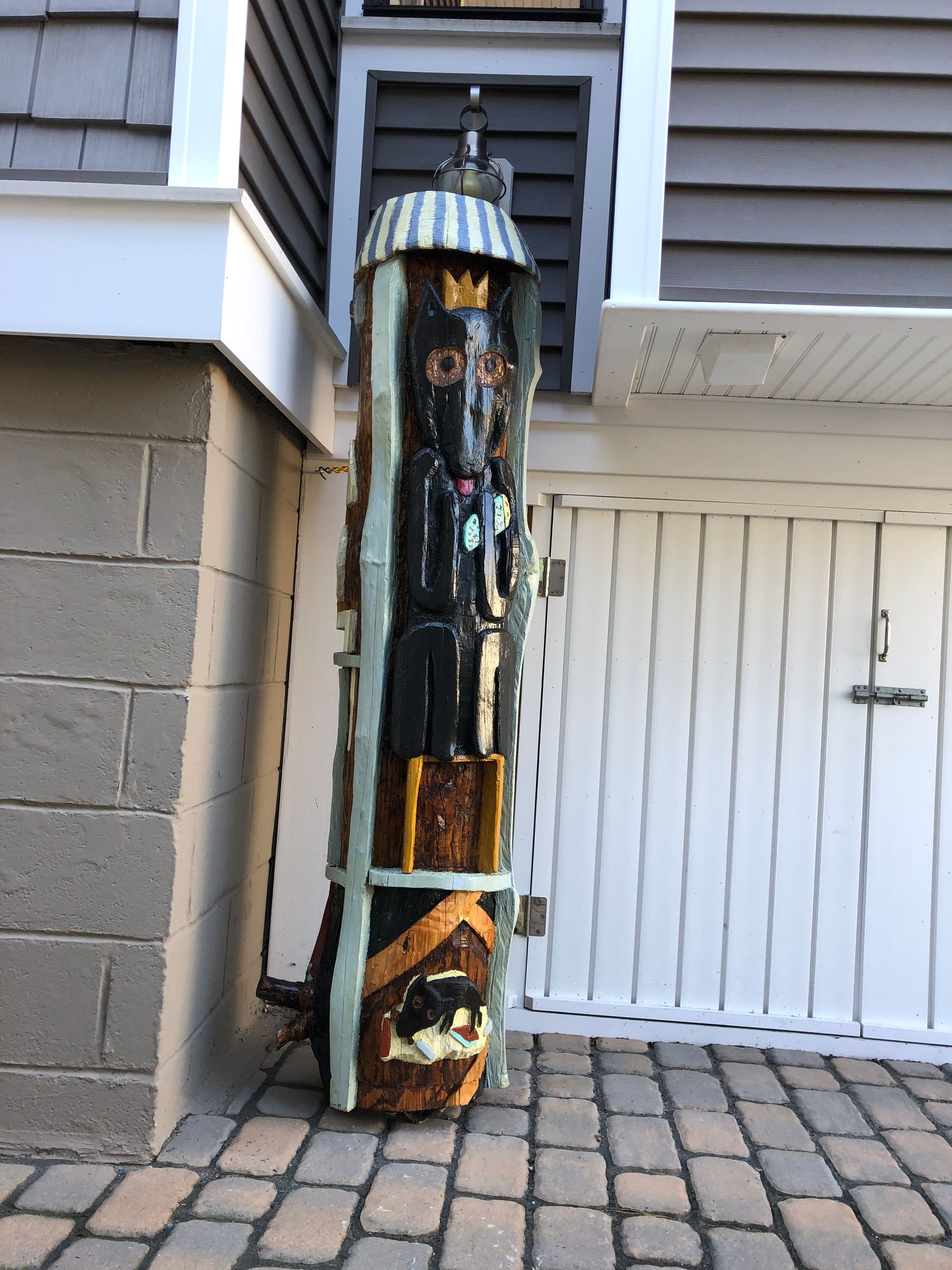Turbo the Dog: A Story of Perserverance, Love, and Creativity
Wood that once had no future came back to life in an unexpected way, thanks to the craftsmanship of Ron Wesemann. What started as a casual idea turned into a ten-month woodworking project—and a tribute to a small dog named Turbo with a heartwarming story.
Turbo's Rough Start
Turbo began life as a “Chipin” (Chihuahua and Miniature Pinscher mix), likely bred as a designer dog. But early on, he was abandoned and left to fend for himself. Living under a porch surrounded by trash and debris, he survived by scrounging for scraps and stealing whatever he could. His bark was his only protection.
Eventually, someone took pity on him, and Turbo was rescued. But even then, things were uncertain—after another failed placement, Turbo was next in line to be put down.
Meanwhile, Ed and Sue Croushore were grieving the loss of their dog, Max. They hadn’t planned on getting another dog so soon. But when they heard about Turbo, something clicked. He reminded them of Max in size and color—though his oversized ears and constant barking made him stand out. Despite the quirks, they gave him a chance. Turbo found a home, and the Croushores found a new companion.
Since then, he’s earned the nickname “King Turbo the First.” He has his own bed, toy collection, treat jar, and even a household parakeet to keep things interesting. He’s also known for stealing unattended food and barking at just about everything—but in the end, he’s very much loved.
Building the Totem Pole
Ron Wesemann got the idea to carve a totem pole after seeing several during a visit to Alaska. Inspired by the bold figures and storytelling format, he decided to try making one himself. In October, he sourced a log from a friend (who got the wood from us!) and began the long process of carving it.

Following advice from a native Alaskan artisan, Ron started by removing the center of the log. He used a chainsaw, chisels, a pry bar, and a hammer to cut and hollow it out, since poles tend to rot from the inside out. Once the core was removed, the real challenge began.

Turbo was the main figure on the pole, modeled loosely on an Alaskan totem animal but with Ron’s own creative spin. To better tell the story, Ron added side panels—a nontraditional move that gave the piece more storytelling surface. The totem ended up with six narrative panels across two levels, representing different chapters of Turbo’s life.

While the chainsaw handled the larger cuts, most of the carving involved chisels, mallets, files, and hand tools for scraping and smoothing. Ron noted that working with wood is unpredictable—the grain and texture forced some design changes along the way, especially when finer parts turned out too fragile.

The carving process spanned about ten months, done in short sessions whenever time and weather allowed. Painting, which Ron says isn’t his favorite part, took a couple of weeks with help from his wife, Cathy, who also offered critique and support throughout the project.
A New Use for Old Wood
It’s always good to see wood put to meaningful use, and Ron’s totem is a perfect example. A discarded log became a lasting piece of art. A discarded dog became a beloved companion. Together, they now tell a story that’s personal, detailed, and well worth sharing.
Thanks to Ron for sharing his work, and to Ed, Sue, and King Turbo the First for inspiring it.
Check out the latest:










